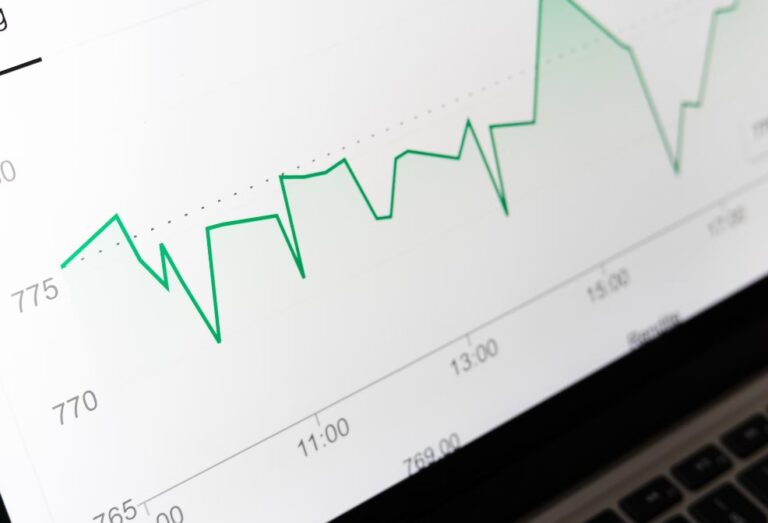Consumer Price Index (CPI) is one of the most popular ways to measure inflation and deflation. It acts as a yardstick to comprehend the overall economic state of a country. Countless financial experts, policymakers and bureaucrats utilize this method. The survey used by the CPI report varies completely; it used index weights and price samples to determine price changes received by US manufacturers of goods and services.
The way CPI is used is pretty simple to understand. It uses about 80,000 price quotes collected monthly from roughly 23,000 service and retail businesses. CPI is also termed a sophisticated economic indicator because it keeps track of changes happening in the cost of living.
Many research and data statistics estimate that the CPI index depends on 93% of the United States Population. Consumer Price Index is an essential tool in predicting the cost of living in an economy. As the Consumer Price Index measures and analyzes the price over time, it showcases perspective on making household monetary decisions, determining policies, etc.
In addition to being used by many experts, the Consumer Price Index is used to grasp changes in purchasing power. We will talk all about providing comprehensive information regarding the Consumer Price Index.
Table of Contents
Consumer Price Indexes: the types
Consumer Price Index comes in many types. This is the reason that consumers come in many groups and perspectives. And for every such group, there exists a type of CPI that caters to them. And here, two of the most essential kinds of Consumer Price is represented, both of which play a significant role in analyzing the economy.
- CPI-W: Consumer Price Index for Wage Earners and Clerical Workers: Over 29% of the population living in the US Households who get their primary income by performing clerical work is covered by CPI.
Financial markets that give extreme importance to the data garnered by the CPI-W. Social security payments, pensions and other government benefits use CPI to adjust the payments. This is used as a yardstick in understanding the cost of living s
- CPI-U– Consumer Price Index for All Urban Consumers is another type of CPI that showcases about 93% of US residents not residing in rural areas. People living on farms, military bases, and institutions won’t come under this.
This is also one of the most well-known CPI in the country of America. The CPI primarily includes self-employed individuals, unemployed individuals, professionals, retirees, and more.
How is CPI calculated?
CPI functions with two primary formulas, which are used most commonly. The first formula calculates the present cost of the weighted average group of products, and the second formula determines the change that happens every year. In simple words, people generally calculate CPI by comparing the present cost of a bunch of goods with its cost in the base year. That is usually 100.
Many policymakers and financial experts consistently use this formula to gather essential insights regarding consumer behaviour. This formula offers exciting information regarding the rate of inflation, helping the banks come up with a fair consensus. One can easily suggest that these formulas are the foundations of the Consumer Price Index.
What is the use of the Consumer Price Index
As stated above, the consumer price index is crucial in forecasting a country’s inflation and deflation period. To determine the current stage of the economy and the status of professions, laborers, and union workers, we utilize the CPI. While discussing this, it is also essential to acknowledge the other CPIs which are tailor-made to analyse the demographics and objectives.
Corporates and other organisations use CPI best to understand consumer demand strategies related to pricing and costs.
Inflation, which is basically the total price level rise in an economy, acts as a barrier to development, and CPI is the method that gives proper insights to understand and overcome inflation. People even use CPI for household budgeting.
It helps homeowners to predict the fluctuations in prices and make smart decisions with respect to their spending. At its core, CPI is a measurement tool that allows the economy to understand itself. It is an apt economic tool that aids economists and other market experts alike to make sense of the price shifts and understand inflation and deflation and its impact on the common people.
To conclude, CPI is a unique differentiator in financial and economic measurement. The innovative formulas and the calculation process enable anyone to determine wage negotiations, policy-making, budgeting, investment planning, etc. This makes CPI a cornerstone to both private and public sectors.
Read more: The Global Financial Center Index 2023: the cities at the centre of world’s finance












